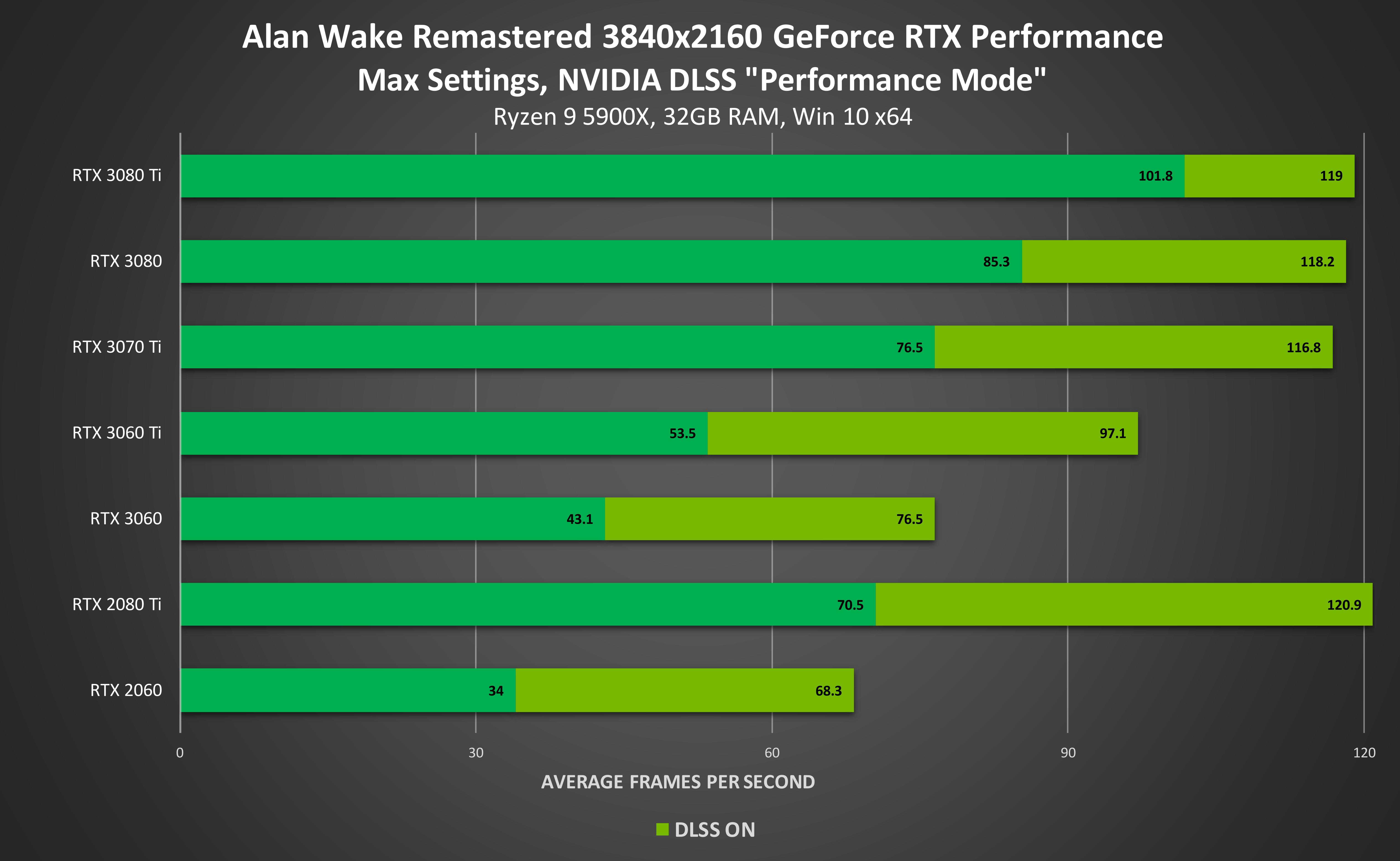As detailed on the GeForce blog, 28 indie games have recently confirmed their inclusion of DLSS; most have already released or are in early access, with only a few still to launch. The batch includes Norse city builder Frozenheim, breakneck FPS Severed Steel, upcoming MMO Mortal Online 2 and nature photography sim Wakamarina Valley, New Zealand, which I hadn’t seen before this announcement but have become quickly smitten with. Ah, wanderlust. Accounting for this sudden rush of DLSS-friendliness is Nvidia’s release of an Unreal Engine 4 plugin back in February this year, which apparently made it even simpler for devs to give their games the super-sampling treatment. Because DLSS generally excels at sparing the performance blushes of more graphically-intensive games, particularly at higher resolutions, it’s been getting more common amongst the AAA crowd – but it’s good to see indies picking it up as well. The catch, as always, is that you’ll need a decent Nvidia GPU to use DLSS on your PC. The RTX 3080, RTX 3070 and RTX 3060 Ti from our best graphics card picks are all good bets, if you can find them in stock. In other Nvidia news, they’ve released some PC benchmark results for Alan Wake Remastered, showing average frame rate gains of up to 100% with DLSS compared to conventional AA. Be wary of internal benchmark tests like these, though; you may see different results outside of an Nvidia lab. It will be interesting to see how these line up with independent testing, anyway. There’s also a new Nvidia Game Ready Driver specifically for Windows 11, which includes optimisations for Alan Wake Remastered, Deathloop, Diablo II: Resurrected, Far Cry 6 and more. Windows 11 isn’t out proper until October 5th, but it’s still possible to install and run an Insider Preview build – as long as you meet the system requirements.
